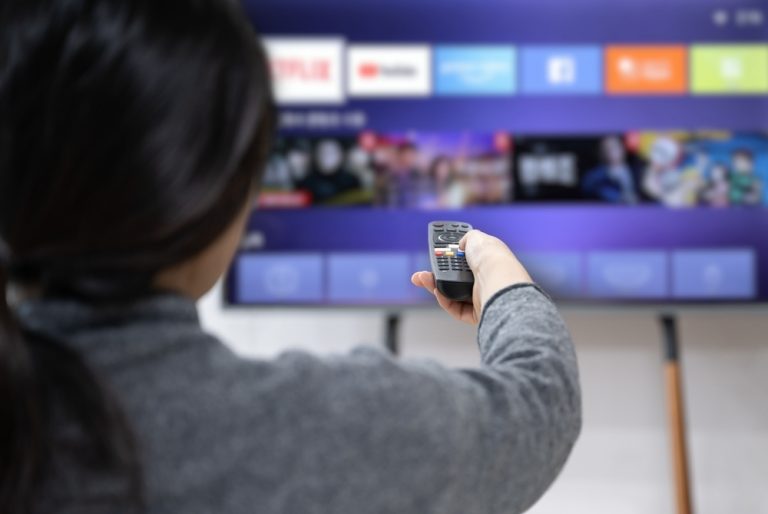A recent rant about streaming services has resonated deeply with many people, leading to widespread applause and even a longing for the days of traditional cable TV. The man’s rant highlighted the frustrations of modern streaming, including the abundance of platforms, the confusion over content availability, and the rising costs that now rival or exceed those of old cable subscriptions. His sentiments captured the inefficiencies and hassles that have come with the shift to digital streaming, echoing the experiences of many viewers who feel nostalgic for simpler times.

In his rant, the man lamented how everything seemed faster and easier two decades ago, before the proliferation of streaming services. He pointed out how cable TV, despite its flaws, offered a more straightforward and reliable way to access entertainment. Many people shared his view, feeling overwhelmed by the need to juggle multiple subscriptions and navigate the fragmented landscape of streaming content.
The reaction to the rant has been overwhelmingly supportive, with many agreeing that the promise of streaming has not lived up to expectations. Users on social media platforms and comment sections echoed the frustrations, sharing their own experiences of struggling to find shows or manage costs across various services. The sense of being “scammed” by the current state of streaming was a common theme, as people reflected on the nostalgia for a more unified and less complicated viewing experience.
This growing discontent has sparked discussions about the future of streaming and whether there might be a shift back to more consolidated services or even a return to cable-like models. The rant has served as a catalyst for conversations about how the industry can better meet the needs of consumers who are increasingly fed up with the current state of affairs. As the debate continues, it remains to be seen how streaming platforms will respond to these widespread frustrations and what changes might be on the horizon to address these valid concerns.




